Classroom Organization in 2021
Read more about classroom organization for in-person learning in 2021…
The most consistent thing about this school year is inconsistency. If you’re like me, your year may have looked something like this – remote to hybrid…then back to remote…wait, let’s give hybrid another try and add live-streaming…and now, we are finally returning to the classroom with the entire group of students. All of the back and forth between learning modes has been challenging and stressful for the kids, their parents, and most of all the teachers.

~This is a sponsored posts and contains affiliate links.
Everything about teaching as we once knew it has changed. Remote learning presented its challenges, and we accepted them. We learned new technology, online platforms, and digital teaching methods overnight without training. We learned to build online communities and develop relationships through a screen. While it was certainly not ideal or what we signed up for, we did it because that’s what teachers do. I have never been more proud to be part of this incredible teacher community.
Now that we are back in the classroom, we are faced with a new set of challenges. Desks placed six feet apart have replaced my kindergarten tables that once fostered friendships and collaboration. Divider shields provide another safe barrier, yet they make it hard to see and they fall off the desks ALL. DAY. LONG. Perhaps, the most difficult change though is that my students are no longer able to share materials. In my 15 years of teaching, my students have thrived because of flexible learning strategies. Partner games, group work, book buddies, and visiting the “teacher table” were part of our daily rituals and routines. We always shared all the things when working together, yet that is no longer an option. Like all of you returning to similar situations, I was feeling stressed and overwhelmed.
Staying organized has helped me survive this school year. I knew that I needed to be more organized than ever before in order for this to work.
Here are my classroom organization tips for returning to full in-person instruction…
Create Individual Bins
The first thing I wanted to do was create individual bins for my students’ materials. Each student has a bin labeled with his or her name. When the kids enter the room, they find their bins and set them on the floor right next to their desks.
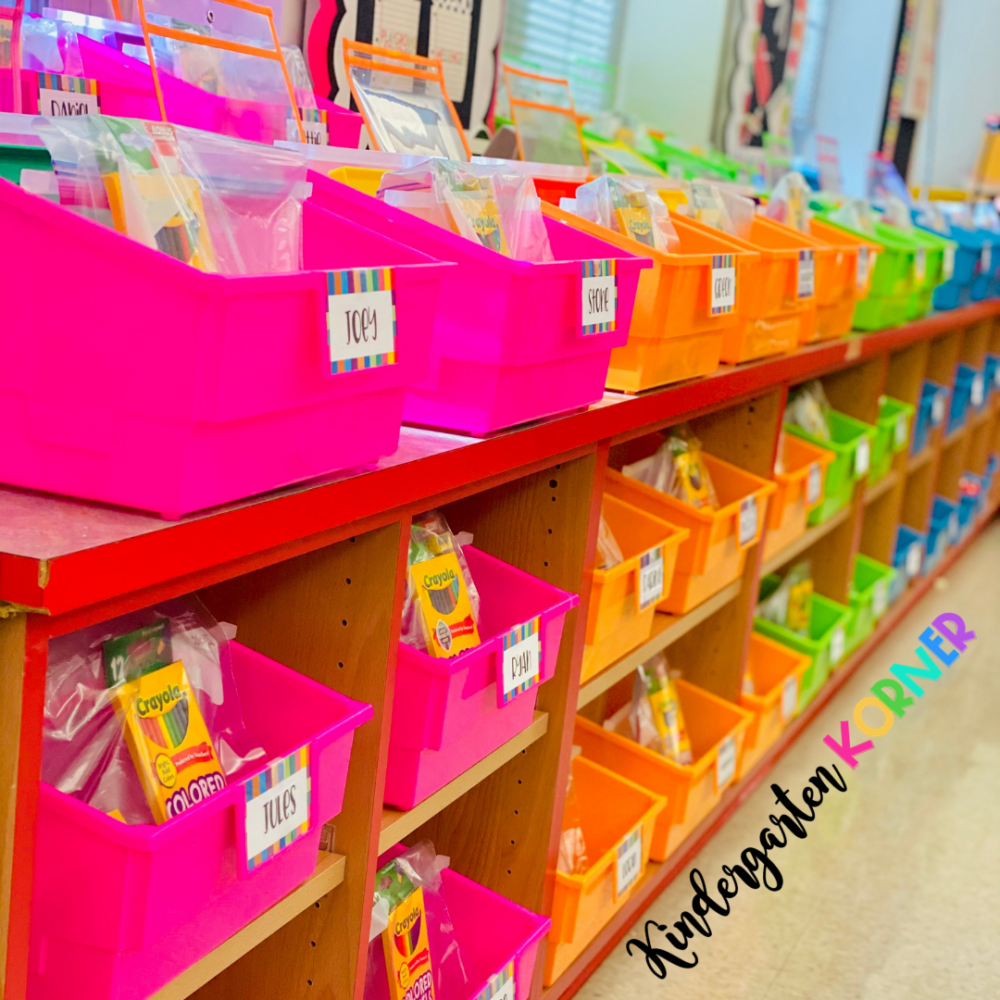
Use What You Have
I asked my families for donations of plastic bags in quart and gallon sizes. I used these bags to separate materials that I already had in the classroom including Legos, building straws, connectors, and other fine motor materials that we use to begin our day in kindergarten.
Ask Students To Bring Supplies from Home
Prior to the return, I reached out to my families and explained that the students will not be sharing any community supplies or materials. I asked them to send in a pencil pouch with basic school supplies. I also asked them to return their Individual Math Kits I had assembled for remote learning using materials from Hand2Mind. These math bags have a little bit of everything the kids will need for Math Workshop – double-sided counters, Unifix cubes, place value blocks, a number line, square tiles, dice, and geoboards with rubber bands.
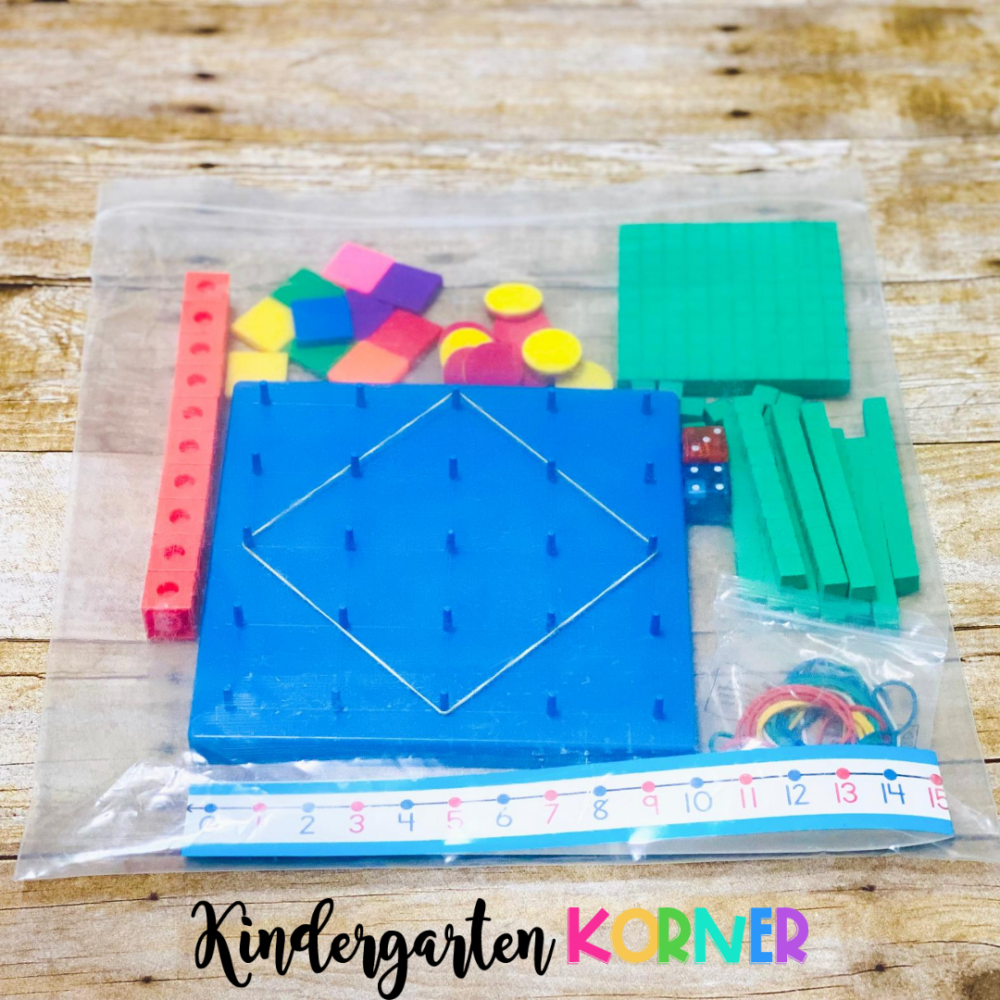
Head to Hand2Mind for All the Rest of Your Classroom Organization Needs
Once I had the bins filled with school supplies, fine motor tools, and math manipulatives, I headed to Hand2Mind’s website to search for individual supplies for literacy activities. Hand2Mind believes children learn by doing. They offer a wide variety of hands-on materials that won’t break the bank. Here are a few of my literacy favorites that I added to my students’ bins…
FingerFocus Highlighters
FingerFocus Highlighters are the perfect tool for emerging readers in kindergarten or first grade. A wearable ring holds a bright, transparent wand that allows the reader to track text as they move from left to right. These wands make the text stand out better whether reading from a book or on the screen.
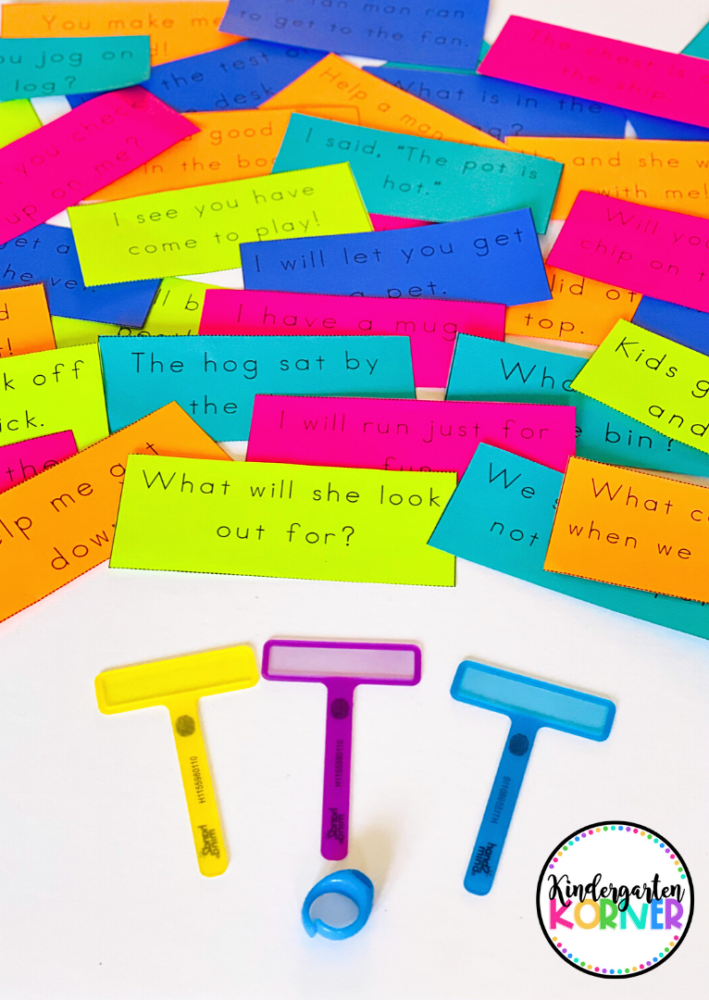
I printed and cut apart sentences from my ZAP Reading Fluency game, and I had my students read the sentences with the highlighters. Using the highlighters has ignited a spark in my most reluctant readers, which is the most wonderful thing to witness. Because the FingerFocus highlighters are small, I have my students keep them in their pencil pouches so they don’t lose them.
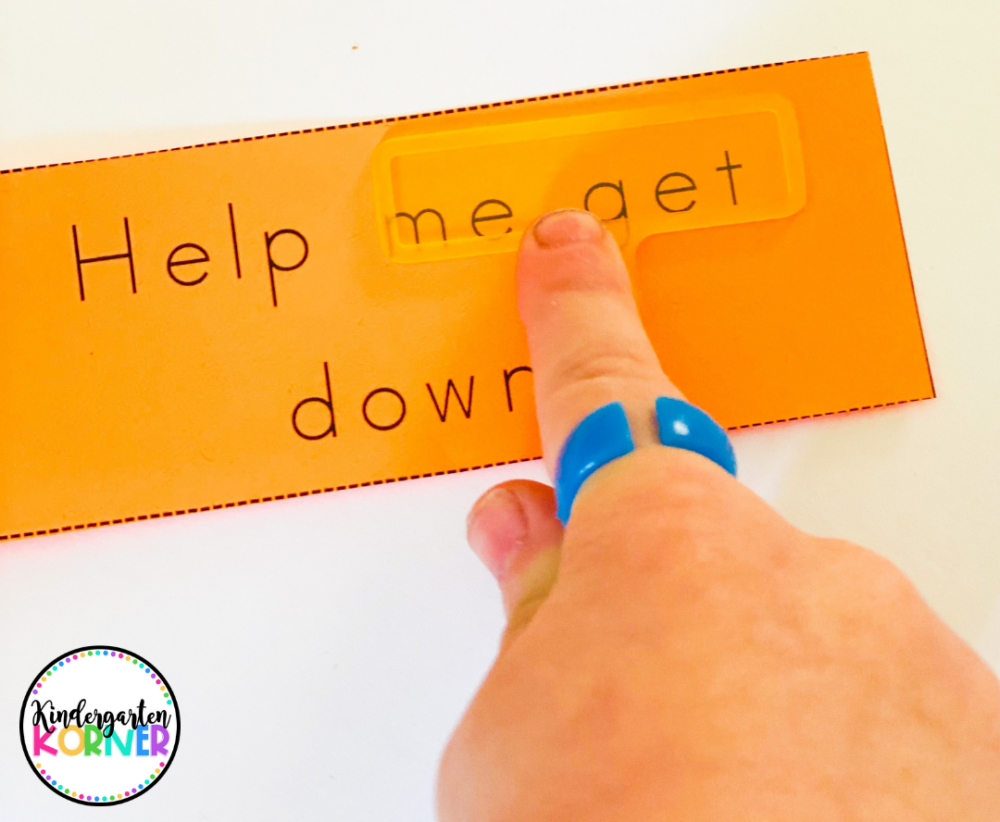
Reading Rods Sentence Construction Cubes
Next, I was looking to find something to support my above-level learners. Each year, I have a handful of students reading above grade-level. It’s my job to keep them engaged with differentiated activities to meet their needs. The Reading Rods Sentence Construction Cubes provide this group with the right level of challenge. The color-coded rods help them master key literacy skills including grammar, punctuation, and sentence construction. I assembled some individual bags using the rods and placed them into the bins of my students who need enrichment. While I am reading or word-building with the others, my advanced students use these rods to construct and then write the sentences they build.
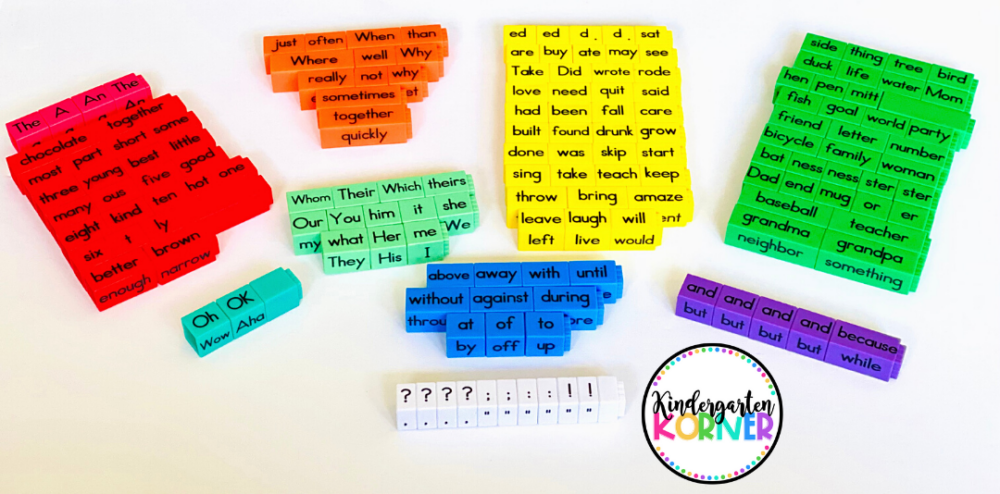
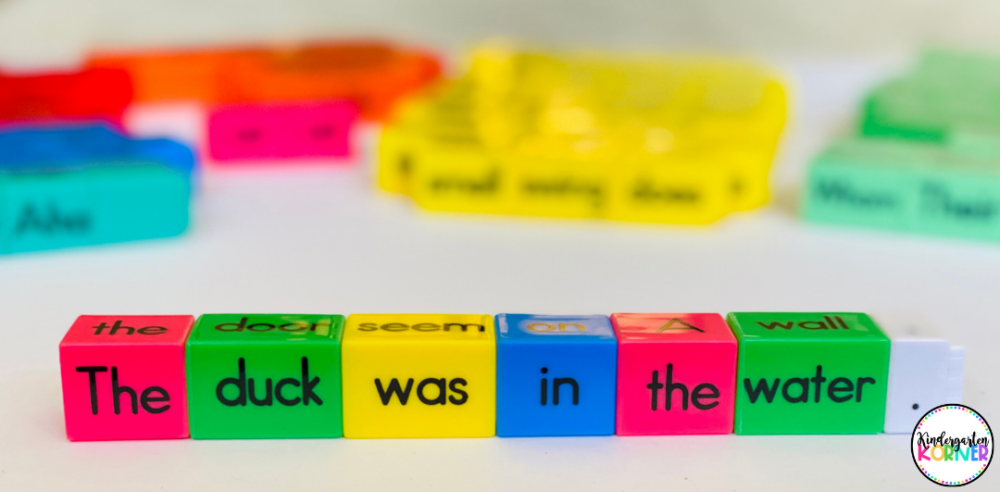
Magnetic Wands and Chip Set
I’m saving my favorite for last! While this Magnetic Wands and Chip Set may not seem like it could be used for literacy, the possibilities are endless! I could dedicate an entire blog post to the many uses for these chips. They are a kid favorite, too. My kids get so excited when they get to use the wands! Here are just a few ideas for using Magnetic Wands and Chips in your classroom…
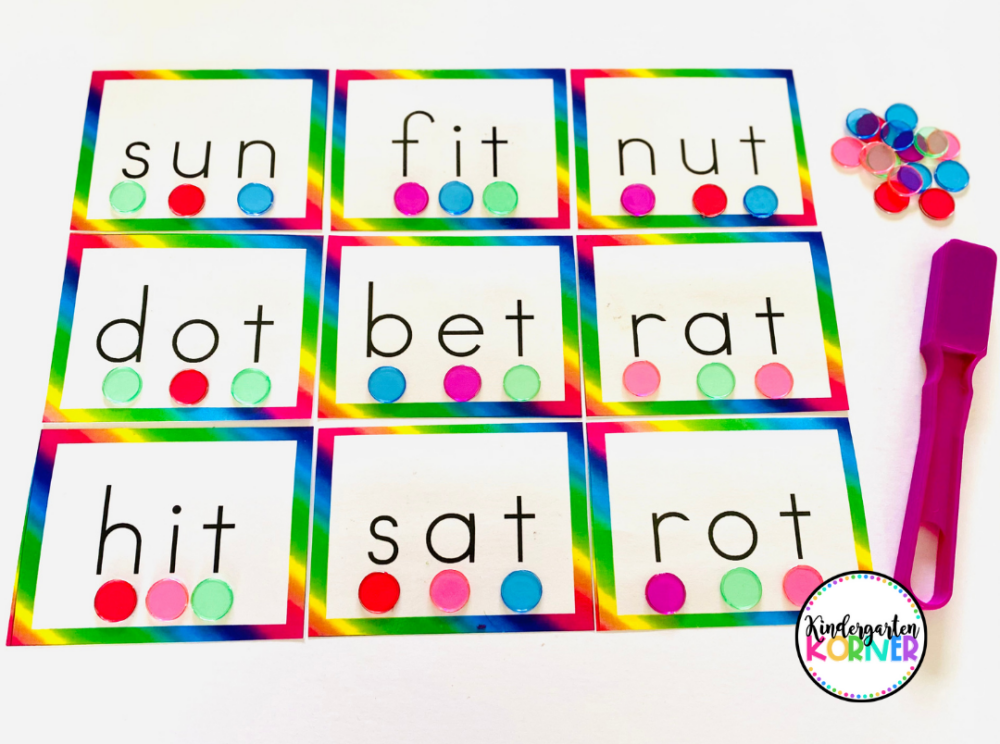
Using CVC decodable flashcards, place chips under the letters. Have students sound out the word. As they blend the sounds together, they may use the wand to scoop up the chips.
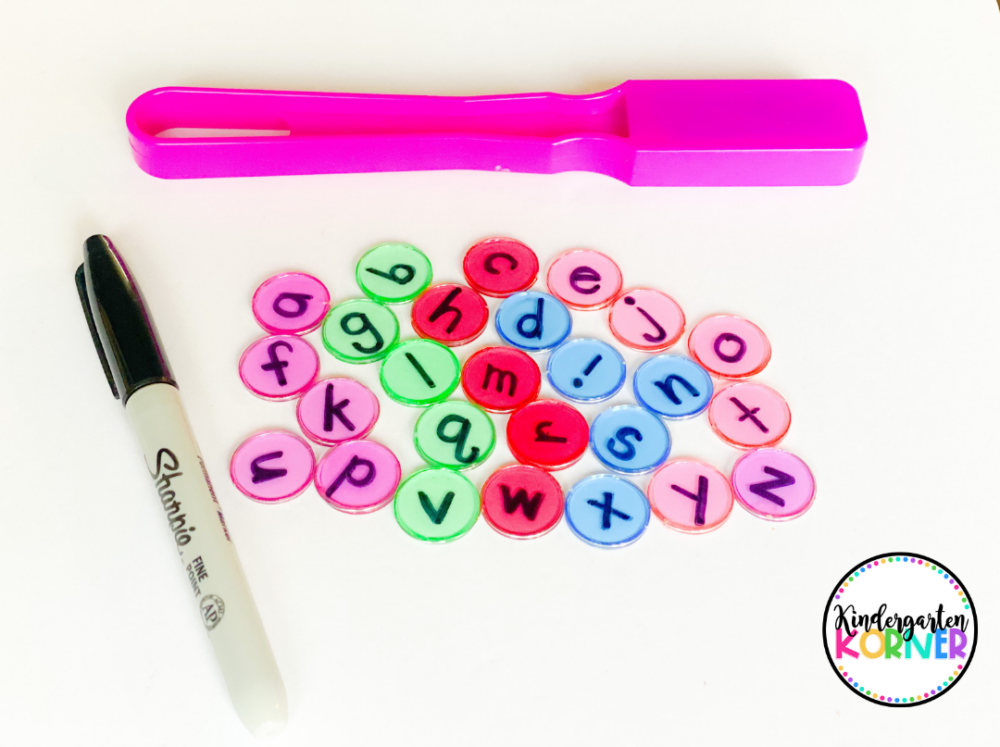
You can use a permanent marker to write letters on the chips.
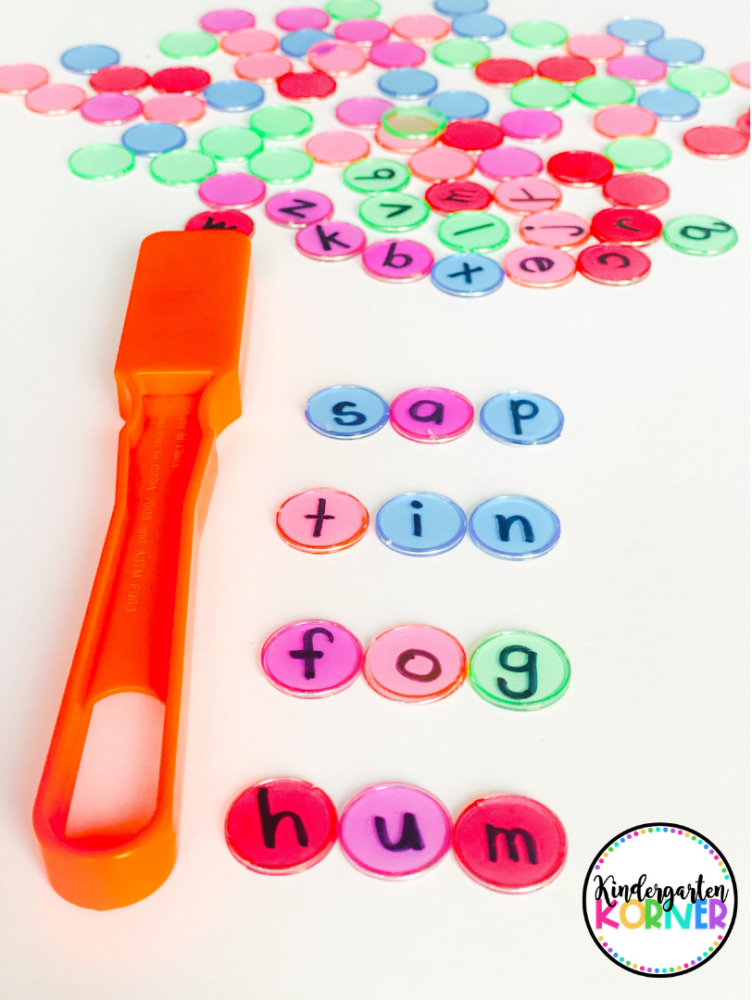
Have students practice decoding collecting chips as they sound out the words.
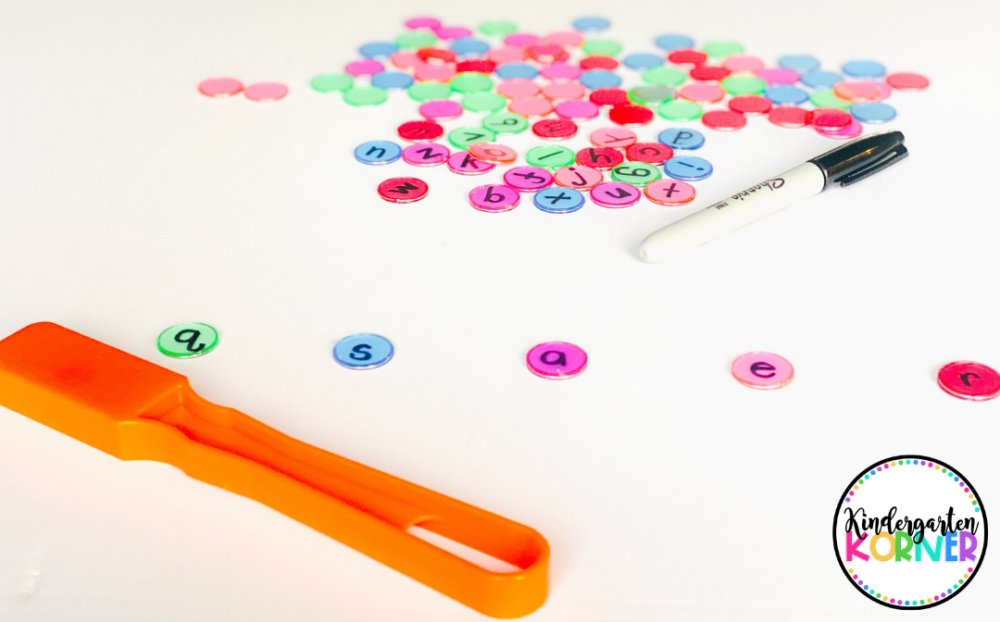
These are also great for letter identification practice. Spread out the chips in a line. Have students move from left to right saying the letter names as they pick up the chips.
If you want to remove the marker, nail polish remover takes it right off!
Ready for the Full Return!
My students now have their own supplies for fine motor activities, school supplies, math, and literacy right at their fingertips. Is it still the most stressful school year ever? Absolutely! Having everything organized though helps my days run more smoothly. I love this quote by Benjamin Franklin…”For every minute spent organizing, an hour is earned.” This is so true. Putting in the work to get everything organized has saved me so much time in the long-run as I am not scrambling to prep materials each day.
I hope this blog post has provided some clarity for classroom organization in 2021. While preparing for a full return to the classroom may seem like a daunting task at first, getting organized will help make the transition a smooth one for you and your students. So channel your inner Marie Kondo and get to work. You’ll be so glad you did!

